ROVER 3 1/2 hp
Sidecars
1910 - 1921
ROVER offers matching sidecars in various designs for its 3 1/2 hp motorcycle. | |||
The Sidecar No. 3 | |||
|---|---|---|---|
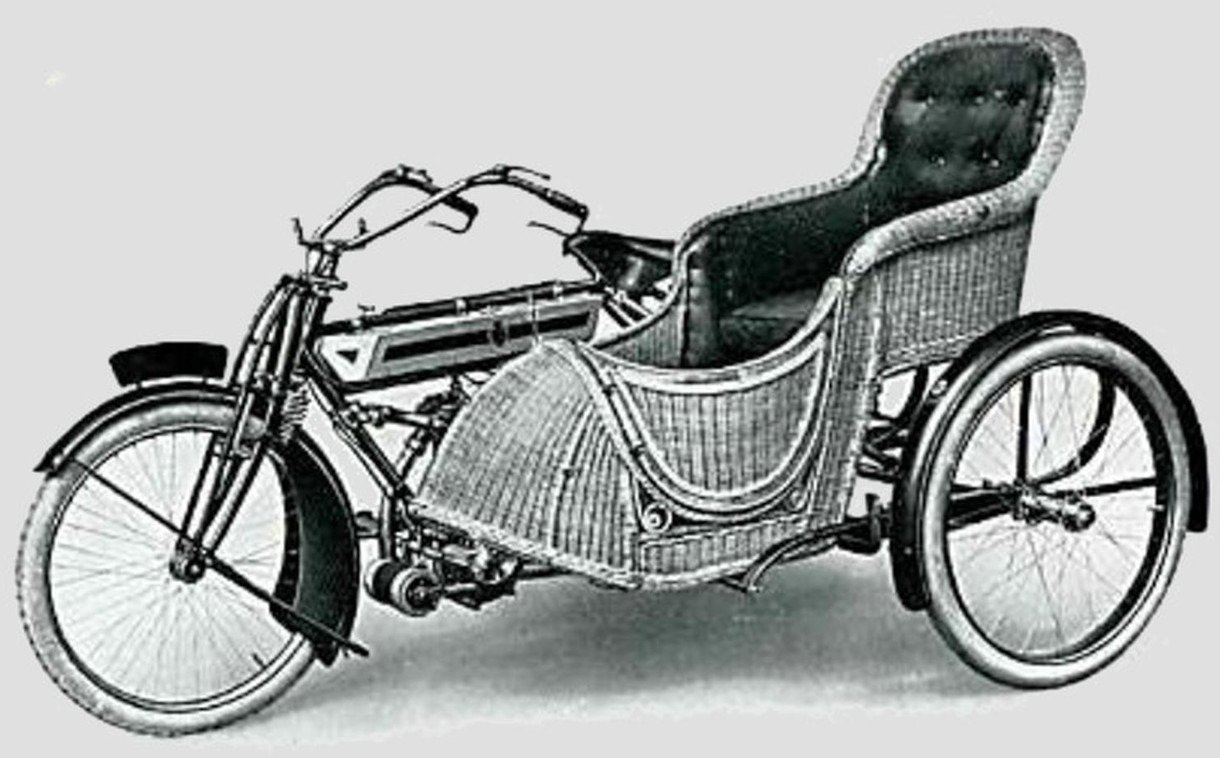 | |||
| The image is taken from the ROVER Motorcycle Brochure of 1912. | |||
The Sidecar - Chassis, End 1912 | |||
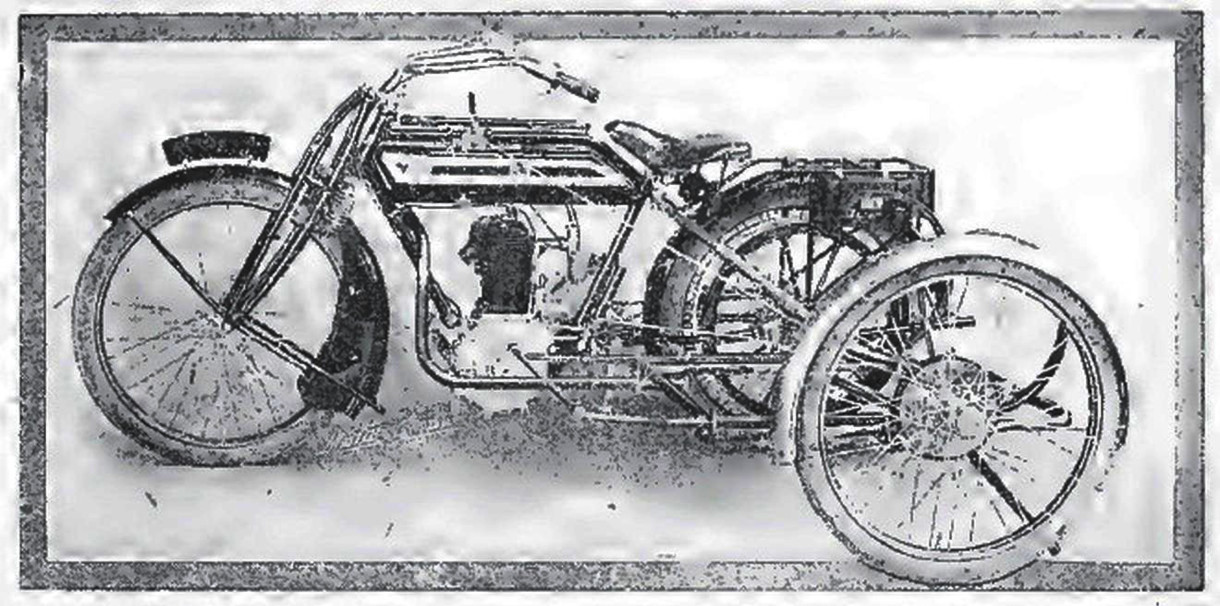 | |||
| Image caption: The Rover Co. has added a sidecar to its range of models. We illustrate above the chassis design. Observe the band brake, stand, and long Cee springs. Source: The Motor Cycle, 14 November 1912. The illustration shows the new version of the machine with a cranked top tube. | |||
The Sidecar for the 1913 Season | |||
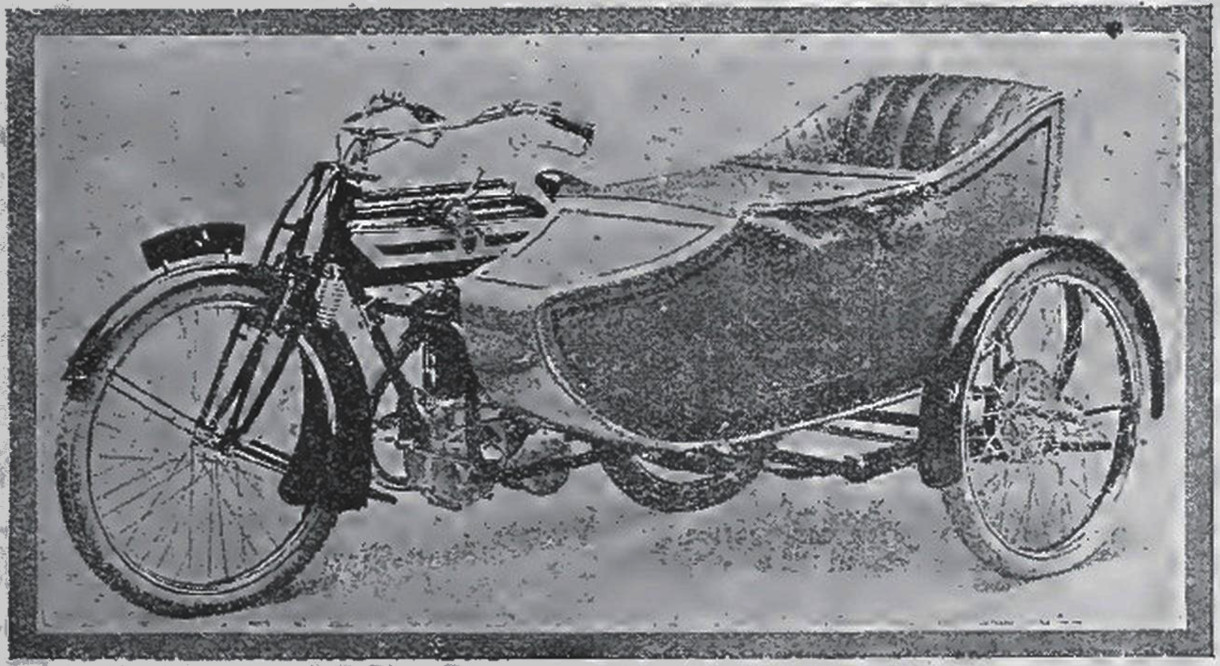 | |||
| Image caption: The Rover sidecar which will be sold complete in 1913. The sidecar wheel has a band brake. Source: The Motor Cycle, 28 November 1912. The illustration shows the new version of the machine with a cranked top tube. | |||
The Sidecar - Chassis for the "Royal Mail", May 1914 | |||
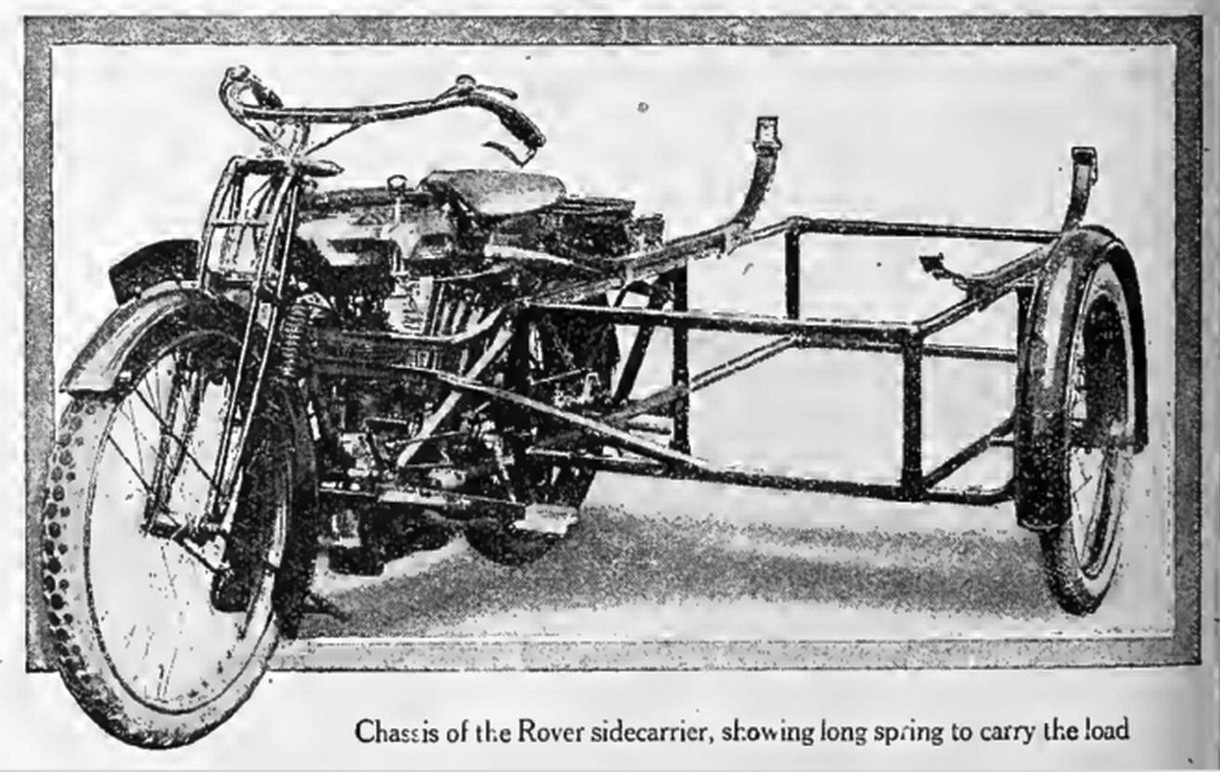 | |||
| Rover has developed a sidecar for the General Post Office, the suspension of which is particularly striking. Source: The Motor Cycle, 17 September 1914. | |||
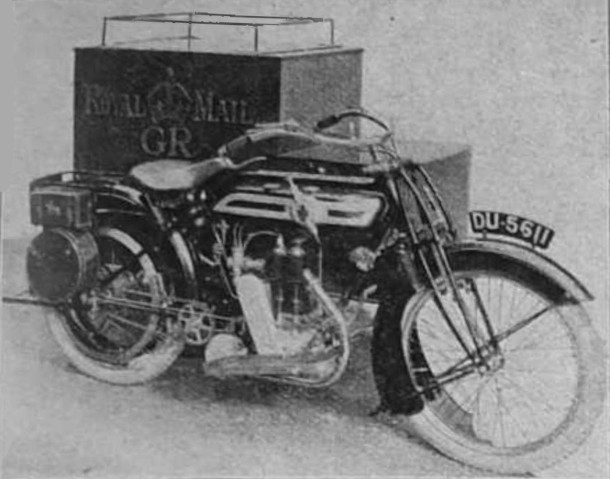 |
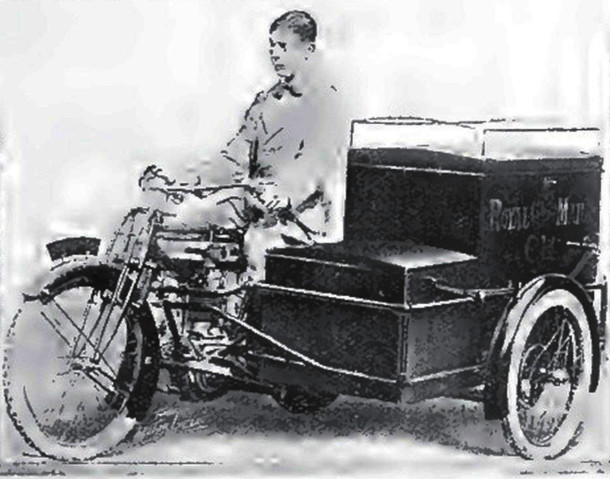 | ||
| The first sidecar outfit actually purchased by the G.P.O. - a Rover. Source: MotorCycling, 19. May 1914. | Good springing is a feature of the Rover side carrier. Source: The Motor Cycle, 10 September 1914. | ||
"The Motor Cycle" writes about the Rover sidecar machines for the "Royal Mail" in its issue of 10 September 1914: | |||
Rover Sidecars in World War I. | |||
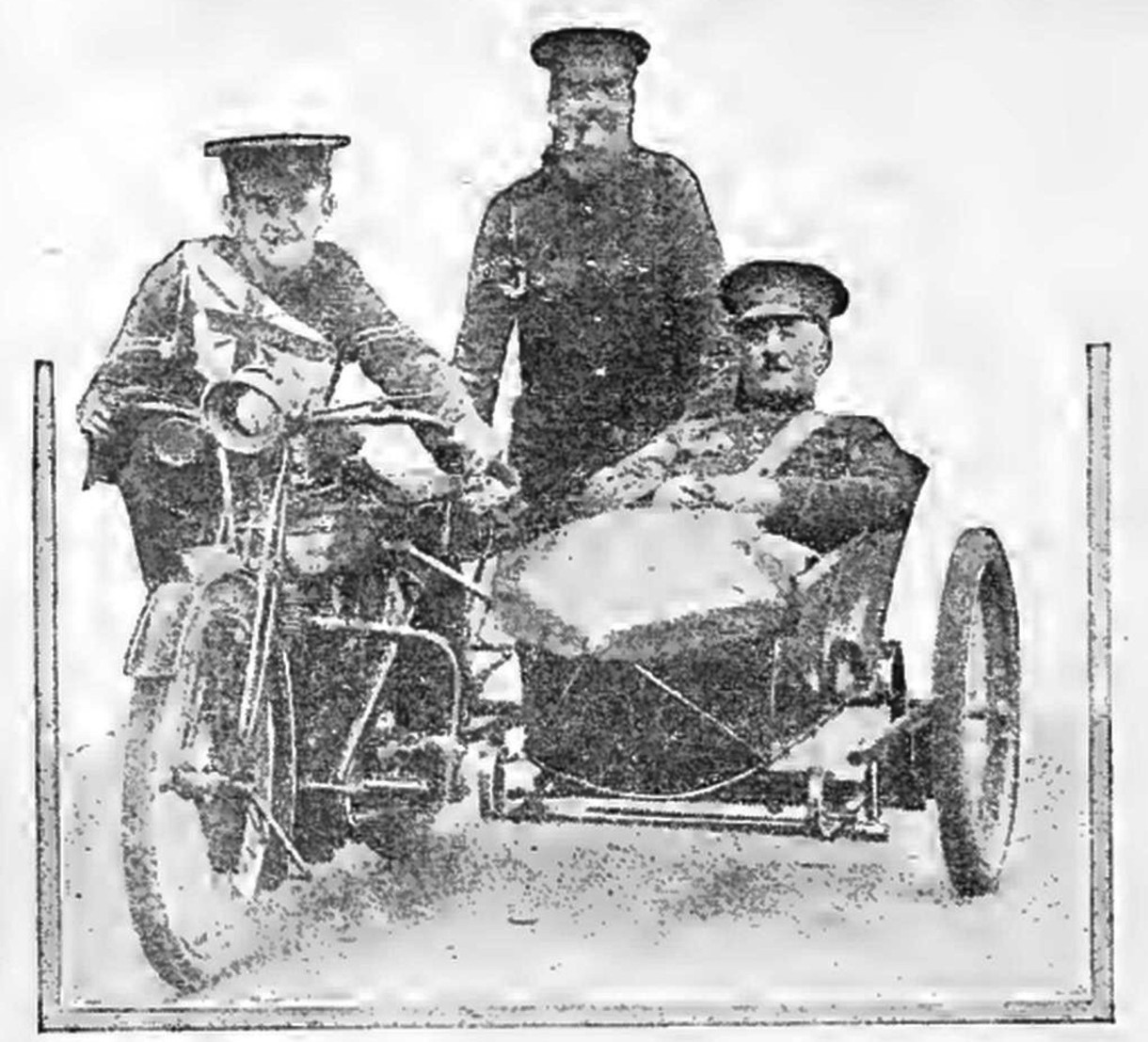 | |||
| Image caption: A Rover sidecar combination which is attached to the Warwickshire Yeomanry. It regularly carries three. Source: The Motor Cycle, 20 August 1914. | |||
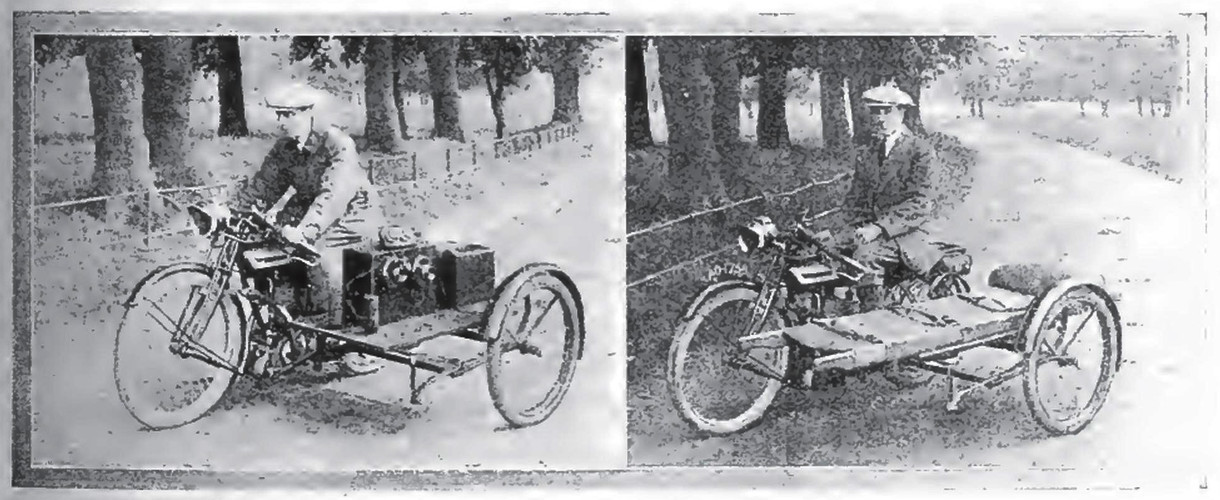 | |||
| Image caption: A Rover sidecar which has been converted, by removing the body and substituting a wooden platform on the chassis, into a means of carrying either field telephones or an ambulance. The work was done by E. F. Gilbanks, the motor cyclist seen in the photographs, who is captain of the Cumberland County Motor Cycle Club. Source: The Motor Cycle, 24 September 1914. | |||
Sidecars after World War I. | |||
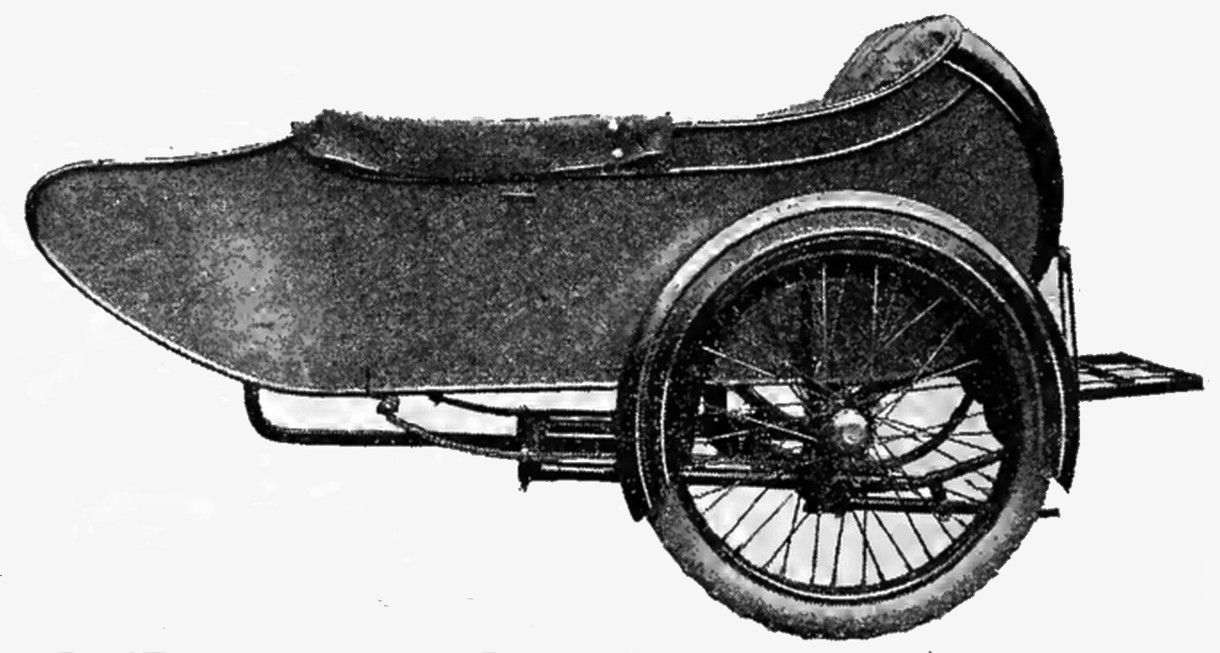 | |||
| Image caption: The Rover sidecar, which is one of the many fitted with luggage carrier on the body itself. Source: The Motor Cycle, 15 January 1920. | |||
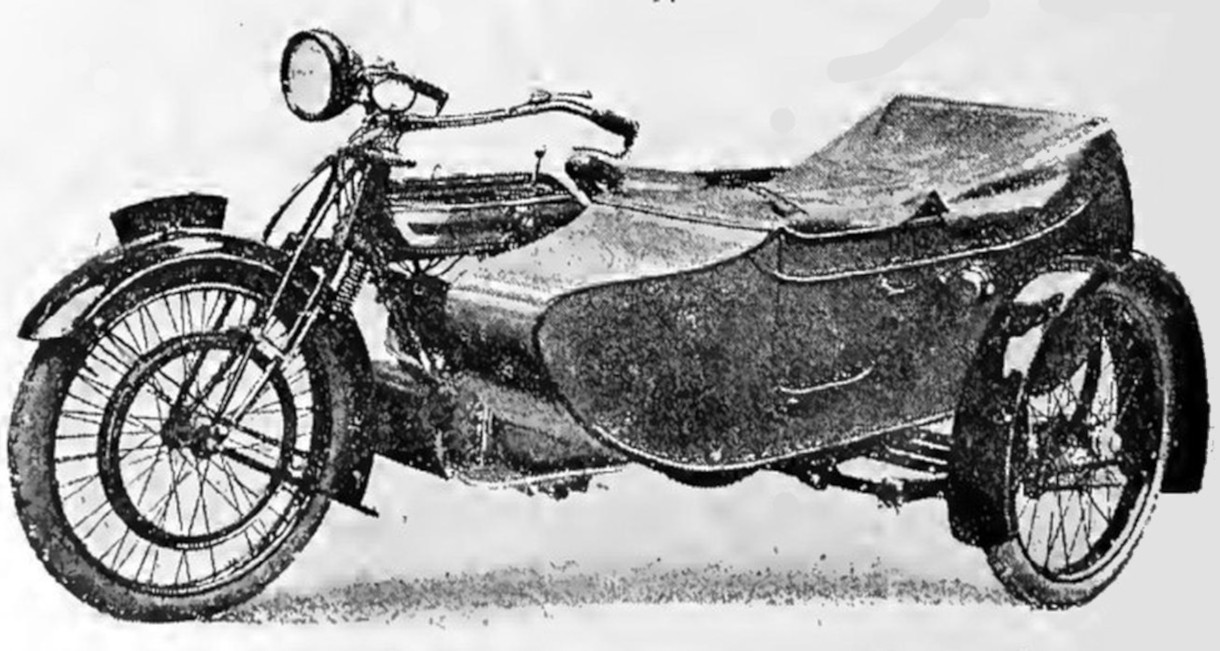 | |||
| Image caption: Ample bearings for the sidecar wheel and efficient mudguarding are noticable features of the Rover sidecar. The associated article reports on the models for the year 1921 and states: Only minor improvements have been made in the Rover sidecar. Already well known, and having stood the test of many years’ work, practically the only alteration is the dropping of the frame to allow for a larger body. As before, the main rear crosspiece, supported from the chain stay, has a distinct slant backwards towards the outer end, and all that portion which forms part of the main sidecar chassis is made of a double tube. Three-point suspension has been retained, and is found completely satisfactory. The body itself is alike longer, wider, and deeper, and has at the rear sufficient locker room for a tin of petrol as well as other stores. The C springs for front and rear, on each side, are in one piece. Mudguarding is on very efficient lines without detracting from the handsome appearance of the complete outfit. Sourcee: The Motor Cycle, 9 December 1920. | |||
© 2021-2025 by ROVER - Passion / Michael-Peter Börsig

 Deutsch
Deutsch